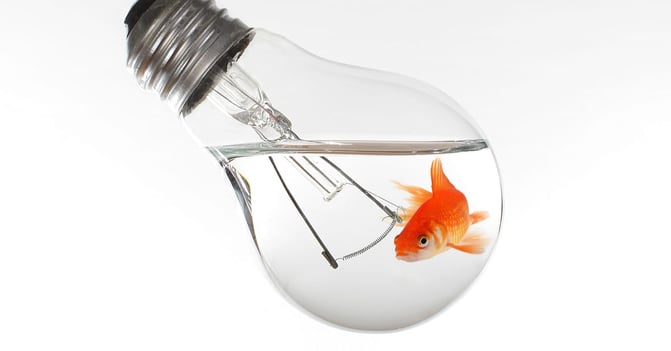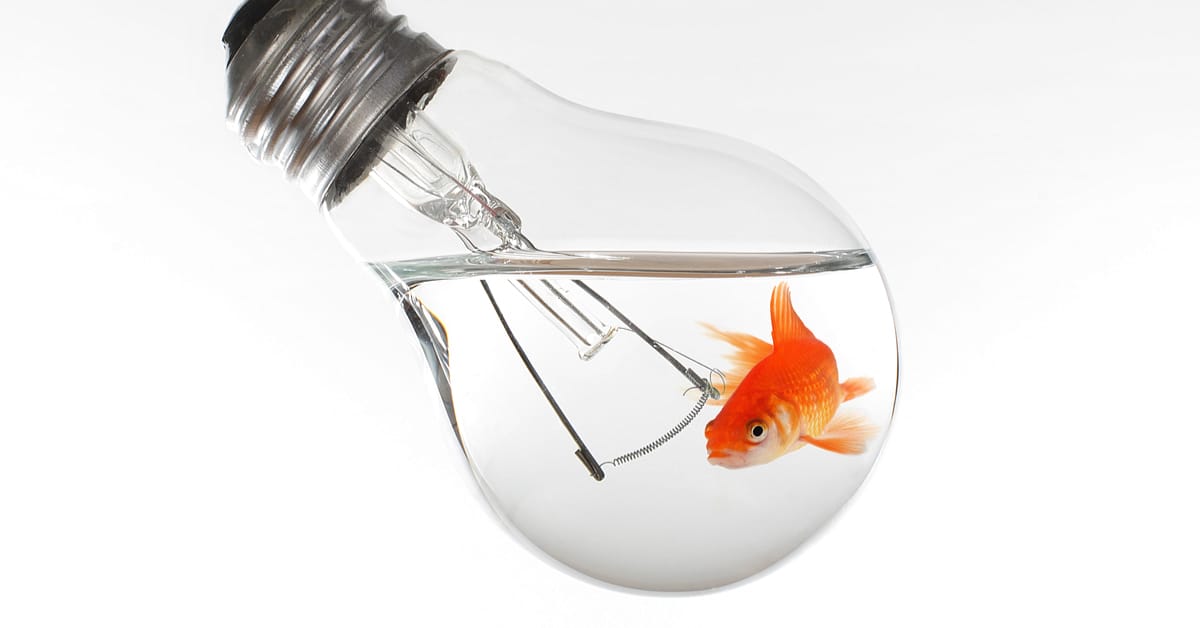
How are fish like light bulbs? This may seem like a riddle straight out of Wonderland, but it is not nearly as crazy as the Mad Hatter at tea time.
Ready for the answer...?
Both fish and light bulbs contain Mercury.
Mercury from erosion, sedimentation, and air emissions makes its way to our recreational waterbodies where microorganisms change it to methylmercury upon consumption. From there, the mercury makes its way up the food chain; little fish get eaten by the bigger fish, and eventually us. This process is called bioaccumulation where organisms take up contaminants quicker than their bodies can remove it. The higher up the food chain you go; the higher the concentration of methylmercury. Methylmercury can affect the central nervous system and impair speech, hearing and walking.
So, did I just ruin a national past-time and collapse a billion-dollar industry? Probably not. Did I put a dark cloud over your upcoming fishing trip? Ummmm…maybe.
Before I get a bunch of hate mail, I am not telling you to stop fishing or eating fish. Fish are a good source of omega 3 fatty acids and have other health benefits. Just be aware that fish with higher mercury levels may be more harmful to a certain portion of the population. The people most susceptible to high mercury levels include pregnant women, males under 18, and people with weakened immune systems. The Indiana State Department of Health and other agencies have developed the Indiana Fish Consumption Advisory tool that recommends the amount of fish to eat for the susceptible and general population and the public fishing areas to avoid that are known to have fish with higher levels of methylmercury.
At this point, let’s bring it down to a more personal level – what can you do to prevent mercury pollution? While you can’t do much about naturally occurring mercury in the environment from volcanoes, or even emissions from power plants burning coal and fossil fuels, you can impact what you put in your trash – mainly consumer products.
In this age of technology, a lot of your home electronics contain mercury, whether it is in LCD screens, monitors, laptops, or televisions. Plus, do you have kids? How many batteries do you go through? Mercury is contained in button cell batteries and mercuric oxide batteries. Button cells are used in small devices, such as, watches, cameras, calculators, and toys. Mercuric oxide batteries are used in medical equipment. These types of batteries can cause air and water pollution when tossed into the trash and end up in a landfill or an incinerator.
Let’s not forget that we all like to see at night. Fluorescent and compact fluorescent lights (CFL) bulbs also contain mercury. You don’t really think about it when you are replacing a bulb in your light fixture, but mercury vapor can be released to the air if bulbs are broken in the trash. Consumer products not only contain mercury, but can also contain lead, cadmium, copper, gold and other heavy metals.
So, what’s the good news?
EVERYTHING CAN BE RECYCLED! Bulbs, batteries, electronics, thermometers, televisions, cell phones – all must go!
Take your used or broken items to your local household hazardous waste collection event, Solid Waste Management District, a local retailer, or use Earth911 to find a recycling location close to you. When you dispose of your light bulbs properly you help keep mercury out of landfills, water, fish and eventully ... us.
Want to learn more about mercury and proper disposal of hazardous waste? Contact us here or call us at 317.788.4551.
“Which way you ought to go depends on where you want to get to...” ― Lewis Carroll, Alice in Wonderland
Sources:
http://pubs.usgs.gov/fs/1995/fs216-95/
USEPA Mercury in Your Environment https://www.epa.gov/mercury
Tags


